Home>Storage & Organization>Kitchen Organizing Tools>How Many Times Should I Clean The Litter Box
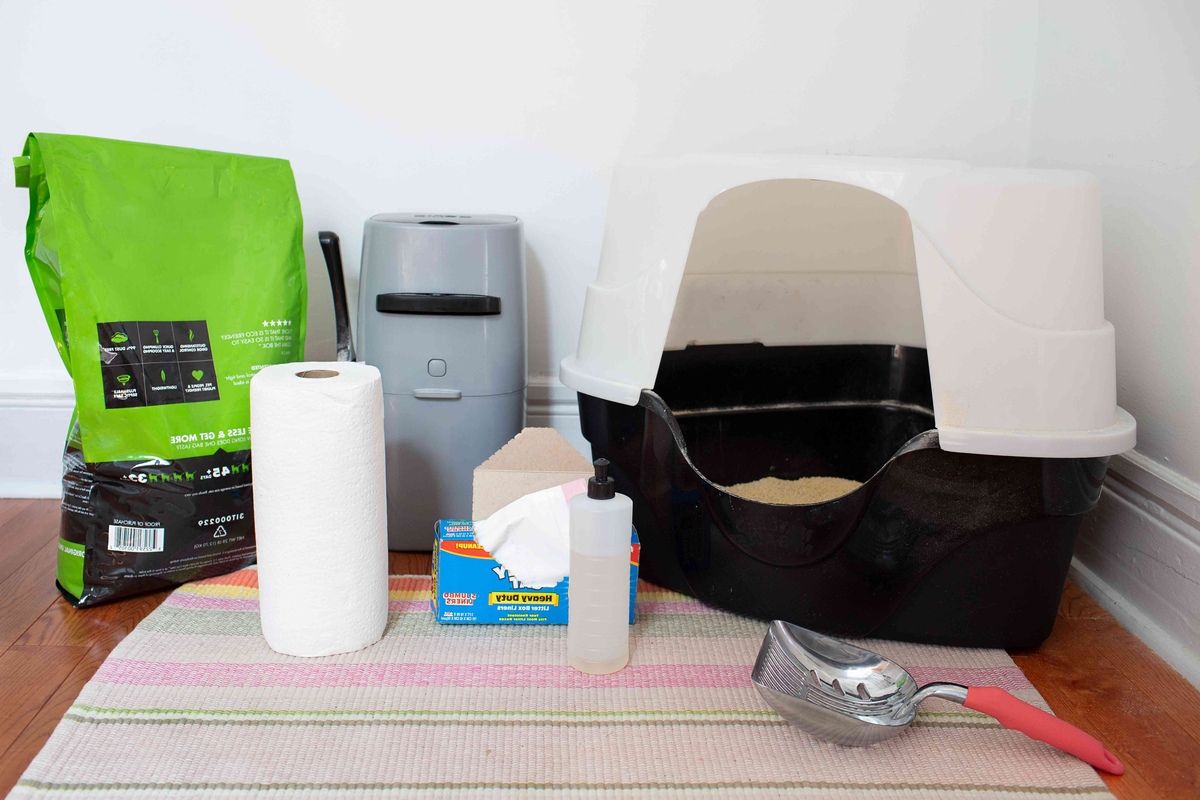

Kitchen Organizing Tools
How Many Times Should I Clean The Litter Box
Modified: February 25, 2024
Discover the best kitchen organizing tools and learn how to keep your space tidy and efficient. Find out how often to clean the litter box for a happy, healthy cat.
(Many of the links in this article redirect to a specific reviewed product. Your purchase of these products through affiliate links helps to generate commission for Storables.com, at no extra cost. Learn more)
Introduction
Keeping a clean and well-maintained litter box is crucial for the health and happiness of your feline friend. Cats are known for their fastidious nature, and a dirty litter box can lead to stress, discomfort, and even health issues for your beloved pet. As a responsible cat owner, it's essential to understand the significance of regular litter box maintenance and cleaning.
A clean litter box not only provides a comfortable and hygienic space for your cat to relieve itself but also helps in preventing odors from permeating your home. Additionally, maintaining a clean litter box can contribute to a harmonious cohabitation between you and your feline companion.
In this comprehensive guide, we will delve into the various factors that influence the frequency of litter box cleaning, taking into account the number of cats in your household and the signs to watch for that indicate when it's time to clean the litter box. Whether you have a single cat or multiple feline friends, understanding the optimal cleaning schedule for the litter box is essential for ensuring a healthy and contented environment for your pets.
By the end of this guide, you will have a clear understanding of the best practices for maintaining a clean litter box, allowing you to provide the best possible care for your cherished feline companions. Let's explore the factors that influence the frequency of litter box cleaning and gain insights into the signs that indicate when it's time to freshen up your cat's restroom area.
Key Takeaways:
- Regularly cleaning your cat’s litter box is crucial for their health and happiness. Factors like litter type, number of cats, and box size influence the cleaning frequency.
- Monitoring your cat’s behavior and litter box signs helps you adjust the cleaning schedule to meet their specific needs, ensuring a clean and comfortable environment.
Read more: How Deep Should Litter Be In A Litter Box
Factors to Consider
When determining how often to clean your cat's litter box, several factors come into play. Understanding these factors is essential for establishing a suitable cleaning routine that promotes your cat's well-being and maintains a hygienic environment in your home.
Type of Litter
The type of litter you use can significantly impact the frequency of cleaning. Clumping litter tends to make waste removal more manageable, as it forms solid clumps that can be easily scooped out, leaving the remaining litter clean and fresh. On the other hand, non-clumping litter may require more frequent complete changes due to its inability to isolate and remove soiled areas effectively.
Number of Cats
The number of cats in your household directly influences the frequency of litter box cleaning. In a multi-cat environment, the litter box will naturally accumulate waste at a faster rate, necessitating more frequent cleaning to ensure that each cat has access to a clean and inviting space for elimination.
Size of the Litter Box
The size of the litter box relative to the size of your cat is an important consideration. A larger litter box provides more surface area for waste absorption, potentially extending the time between cleanings. Additionally, a spacious litter box can reduce the likelihood of waste being kicked or scattered outside the box, contributing to a cleaner surrounding area.
Read more: How To Clean A Litter Box With Vinegar
Cat's Health and Age
The health and age of your cat can impact its litter box habits and the frequency of cleaning. Cats with certain health conditions may urinate more frequently or have looser stools, requiring more frequent litter box maintenance. Similarly, older cats may have specific needs related to mobility and comfort, necessitating adjustments to the cleaning schedule and the type of litter used.
Environmental Factors
Environmental factors, such as the location of the litter box within your home, can influence the rate of litter box usage and, consequently, the frequency of cleaning. A litter box placed in a high-traffic area may require more frequent attention, while a secluded and quiet location may result in less frequent cleanings.
Considering these factors will help you tailor a cleaning schedule that meets the specific needs of your cat and promotes a clean and comfortable environment for both your feline companion and your household. Understanding the nuances of these factors empowers you to make informed decisions regarding litter box maintenance, ultimately contributing to the well-being and happiness of your cat.
Frequency for Single Cat Household
In a single cat household, the frequency of litter box cleaning is influenced by several key factors. Understanding the optimal cleaning schedule for a single cat's litter box is essential for maintaining a hygienic environment and ensuring your feline companion's well-being.
For a single cat household, a general guideline is to scoop the litter box at least once a day. This daily maintenance helps to remove waste promptly, preventing the accumulation of soiled litter and minimizing odors. Additionally, it provides a clean and inviting space for your cat to comfortably fulfill its elimination needs.
In addition to daily scooping, a complete litter change is typically recommended on a weekly basis. This involves emptying the litter box, thoroughly cleaning it with mild soap and water, and refilling it with fresh litter. A weekly full change helps to maintain cleanliness and hygiene, ensuring that your cat has a pristine area for its bathroom activities.
The frequency of litter box cleaning in a single cat household may also be influenced by the type of litter used. Clumping litter, known for its ability to form solid clumps around waste, facilitates easier waste removal during daily scooping, potentially extending the time between complete litter changes. Non-clumping litter, on the other hand, may require more frequent complete changes due to its inability to isolate and remove soiled areas effectively.
Furthermore, the size of the litter box plays a role in determining the cleaning frequency. A larger litter box provides more surface area for waste absorption, potentially extending the time between complete changes. However, regardless of the litter box size, maintaining a consistent daily scooping routine is essential for promoting a clean and comfortable environment for your cat.
Understanding the specific needs of your cat and considering the aforementioned factors will help you establish a cleaning schedule that aligns with your cat's habits and promotes a hygienic and welcoming litter box environment. By prioritizing regular maintenance and cleanliness, you can ensure that your single cat household provides a comfortable and stress-free space for your feline companion to attend to its elimination needs.
Frequency for Multiple Cat Household
In a multiple cat household, the frequency of litter box cleaning is a crucial aspect of maintaining a healthy and harmonious environment for your feline companions. With the presence of multiple cats, the litter box is utilized more frequently, necessitating a proactive approach to cleaning and maintenance.
In a multi-cat household, the general guideline for litter box maintenance involves more frequent scooping and cleaning compared to a single cat household. It is recommended to scoop the litter box at least twice a day to promptly remove waste and maintain a clean and inviting space for your cats. This increased frequency of scooping helps prevent the accumulation of soiled litter and minimizes odors, addressing the higher usage of the litter box in a multi-cat setting.
In addition to the twice-daily scooping, a complete litter change is typically recommended more frequently, often every 3-4 days. This frequent full change helps ensure that the litter box remains clean and hygienic, accommodating the elevated usage and waste production associated with multiple cats. The process involves emptying the litter box, thoroughly cleaning it with mild soap and water, and refilling it with fresh litter, providing a pristine area for your cats' elimination needs.
The frequency of litter box cleaning in a multiple cat household is also influenced by the type of litter used. Clumping litter, known for its ability to form solid clumps around waste, facilitates easier waste removal during daily scooping, potentially extending the time between complete litter changes. Non-clumping litter may require more frequent complete changes due to its inability to isolate and remove soiled areas effectively.
Furthermore, the size of the litter box is an important consideration in a multi-cat environment. Providing multiple spacious litter boxes distributed throughout the living space can help reduce competition and potential conflicts among the cats, while also contributing to a cleaner and more comfortable environment. The larger litter boxes offer more surface area for waste absorption, potentially extending the time between complete changes and promoting a more inviting space for your feline companions.
Understanding the specific needs of your cats and considering the aforementioned factors will help you establish a cleaning schedule that aligns with their habits and promotes a hygienic and welcoming litter box environment. By prioritizing regular maintenance and cleanliness, you can ensure that your multiple cat household provides a comfortable and stress-free space for all your feline companions to attend to their elimination needs.
Read more: How To Clean A Petsafe Litter Box
Signs to Watch for
Monitoring your cat's behavior and the condition of the litter box can provide valuable insights into the cleanliness and functionality of the litter box environment. By paying attention to specific signs and indicators, you can proactively address any issues and ensure that your cat's elimination needs are being met effectively.
Odor Changes
Unusual or persistent odors emanating from the litter box can indicate the need for more frequent cleaning. Foul or strong odors may suggest that waste is accumulating rapidly, and the litter box requires immediate attention. Monitoring changes in odor can help you adjust the cleaning frequency to maintain a fresh and hygienic litter box environment.
Changes in Litter Usage
Observing your cat's litter box habits can reveal important clues about the cleanliness of the litter box. If you notice a decrease in litter usage or avoidance of the litter box altogether, it may signal that the environment is not meeting your cat's standards of cleanliness. This could prompt a reassessment of the cleaning schedule and the condition of the litter box.
Increased Tracking of Litter
Excessive tracking of litter outside the litter box area may indicate that the box needs more frequent cleaning. Cats naturally engage in grooming behaviors, and excessive tracking of litter particles can be a sign of discomfort or dissatisfaction with the cleanliness of the litter box. Addressing this issue may involve adjusting the cleaning frequency and exploring solutions to minimize tracking.
Read more: How Big Should A Litter Box Be For A Cat
Changes in Cat Behavior
Changes in your cat's behavior, such as restlessness, vocalization, or signs of distress around the litter box, can be indicative of discomfort or dissatisfaction with the cleanliness of the environment. Monitoring your cat's behavior in proximity to the litter box can provide valuable insights into the impact of the cleaning schedule on your cat's well-being.
Urinary or Fecal Accidents
Unusual urinary or fecal accidents outside the litter box may signal that the current cleaning schedule is inadequate. Cats are creatures of habit, and deviations from their usual elimination patterns can indicate underlying issues with the litter box environment. Addressing these accidents may involve reassessing the cleaning frequency and making adjustments to ensure a clean and inviting space for your cat.
By remaining attentive to these signs and indicators, you can adapt the litter box cleaning schedule to meet your cat's specific needs and maintain a clean and comfortable environment. Proactive monitoring and timely adjustments can contribute to a harmonious cohabitation between you and your feline companions, ensuring that their elimination needs are consistently met with care and attention.
Conclusion
Maintaining a clean and well-maintained litter box is a fundamental aspect of responsible cat ownership. By considering the various factors that influence the frequency of litter box cleaning, cat owners can establish effective cleaning schedules that cater to the specific needs of their feline companions. Whether in a single cat household or a multi-cat environment, prioritizing regular maintenance and cleanliness contributes to a hygienic and inviting space for cats to attend to their elimination needs.
In a single cat household, the recommended daily scooping and weekly complete litter changes help ensure that the litter box remains clean and welcoming for the solitary feline occupant. The type of litter used and the size of the litter box play significant roles in determining the optimal cleaning frequency, allowing cat owners to tailor their approach to suit their cat's habits and preferences.
In contrast, a multi-cat household requires more frequent scooping and complete litter changes to accommodate the higher usage and waste production associated with multiple cats. By proactively addressing the increased demand on the litter box, cat owners can create a harmonious environment that meets the needs of all their feline companions.
Monitoring specific signs, such as changes in odor, litter usage, and cat behavior, provides valuable insights into the cleanliness and functionality of the litter box environment. By remaining attentive to these indicators, cat owners can make timely adjustments to the cleaning schedule, ensuring that the litter box continues to provide a comfortable and stress-free space for their cats.
Ultimately, the well-being and happiness of cats are closely linked to the cleanliness of their litter box environment. By understanding the nuances of litter box maintenance and considering the individual needs of their cats, owners can create a hygienic and inviting space that promotes a strong bond and mutual contentment between them and their feline companions. Prioritizing regular litter box maintenance is a testament to the care and dedication that cat owners invest in providing the best possible environment for their beloved pets.
Frequently Asked Questions about How Many Times Should I Clean The Litter Box
Was this page helpful?
At Storables.com, we guarantee accurate and reliable information. Our content, validated by Expert Board Contributors, is crafted following stringent Editorial Policies. We're committed to providing you with well-researched, expert-backed insights for all your informational needs.
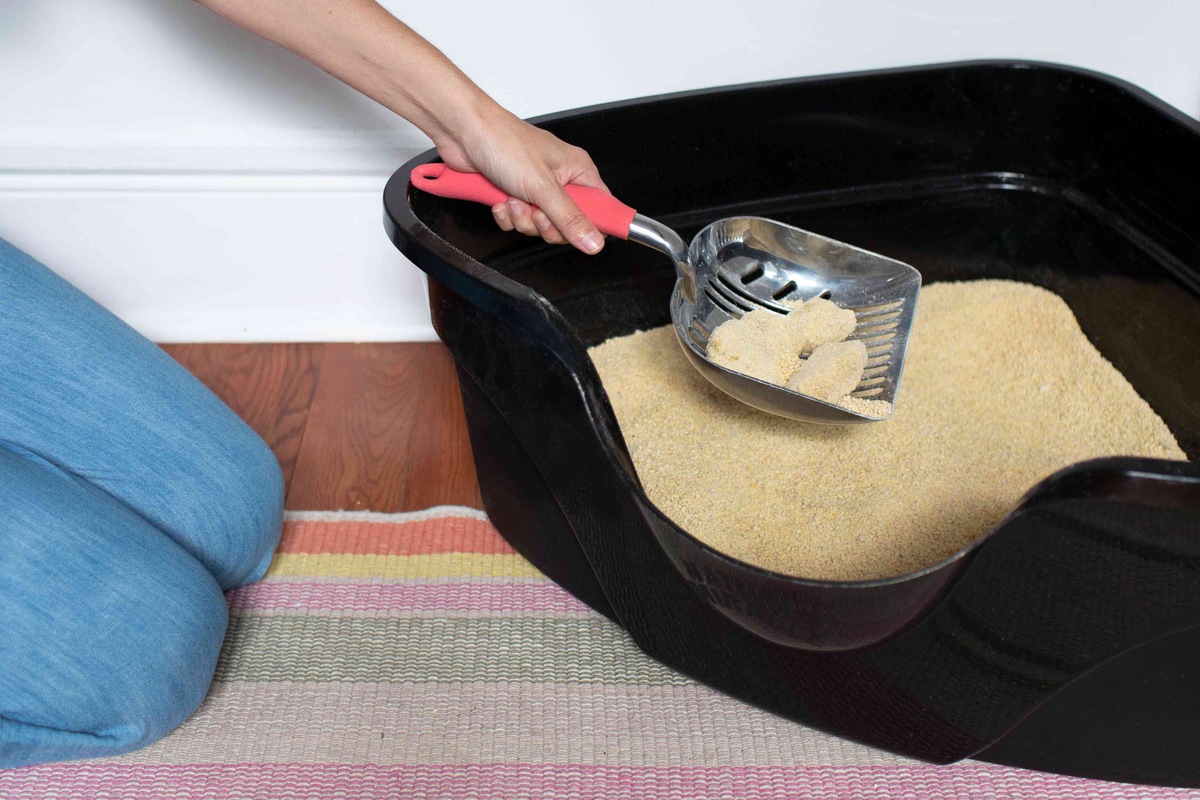
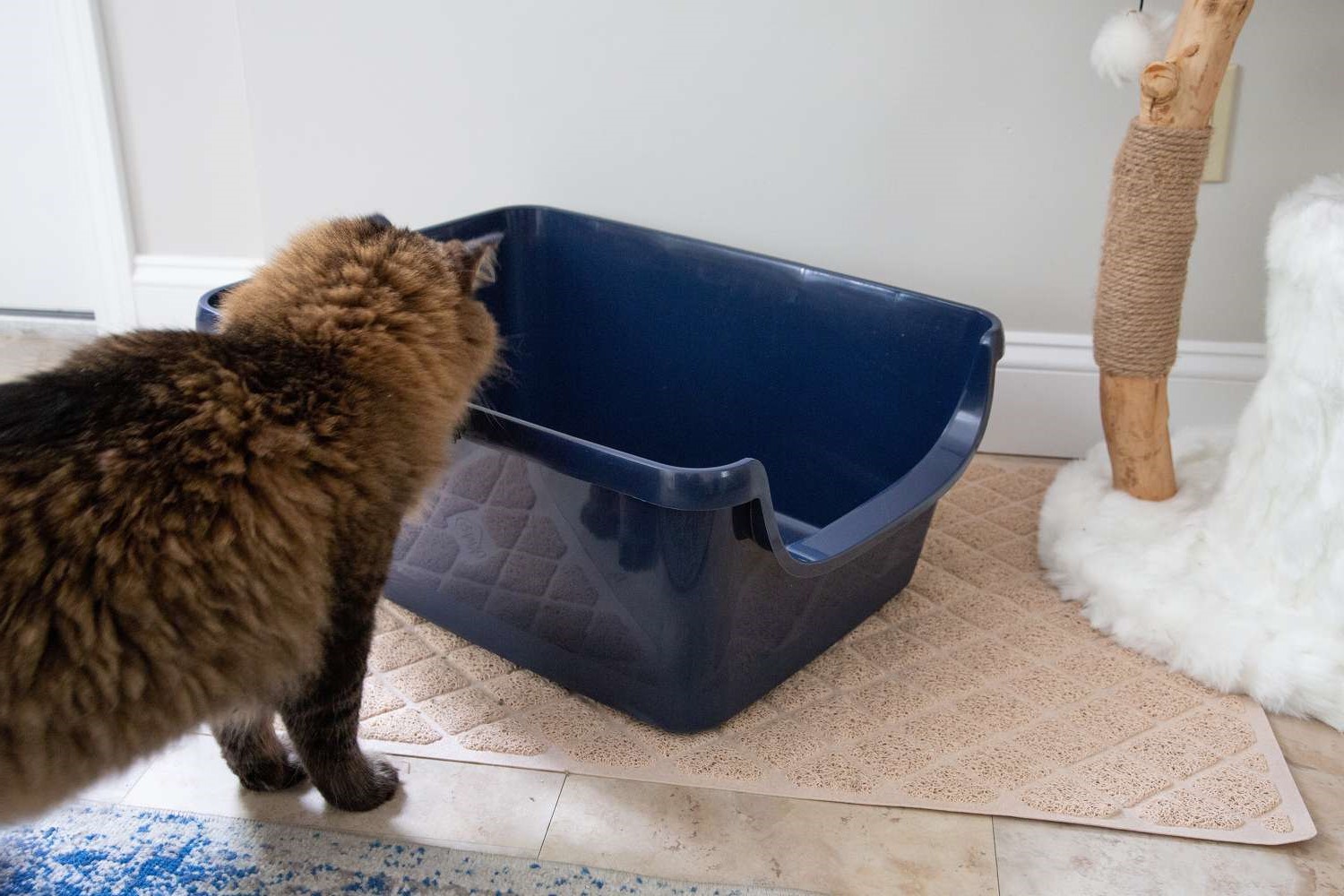
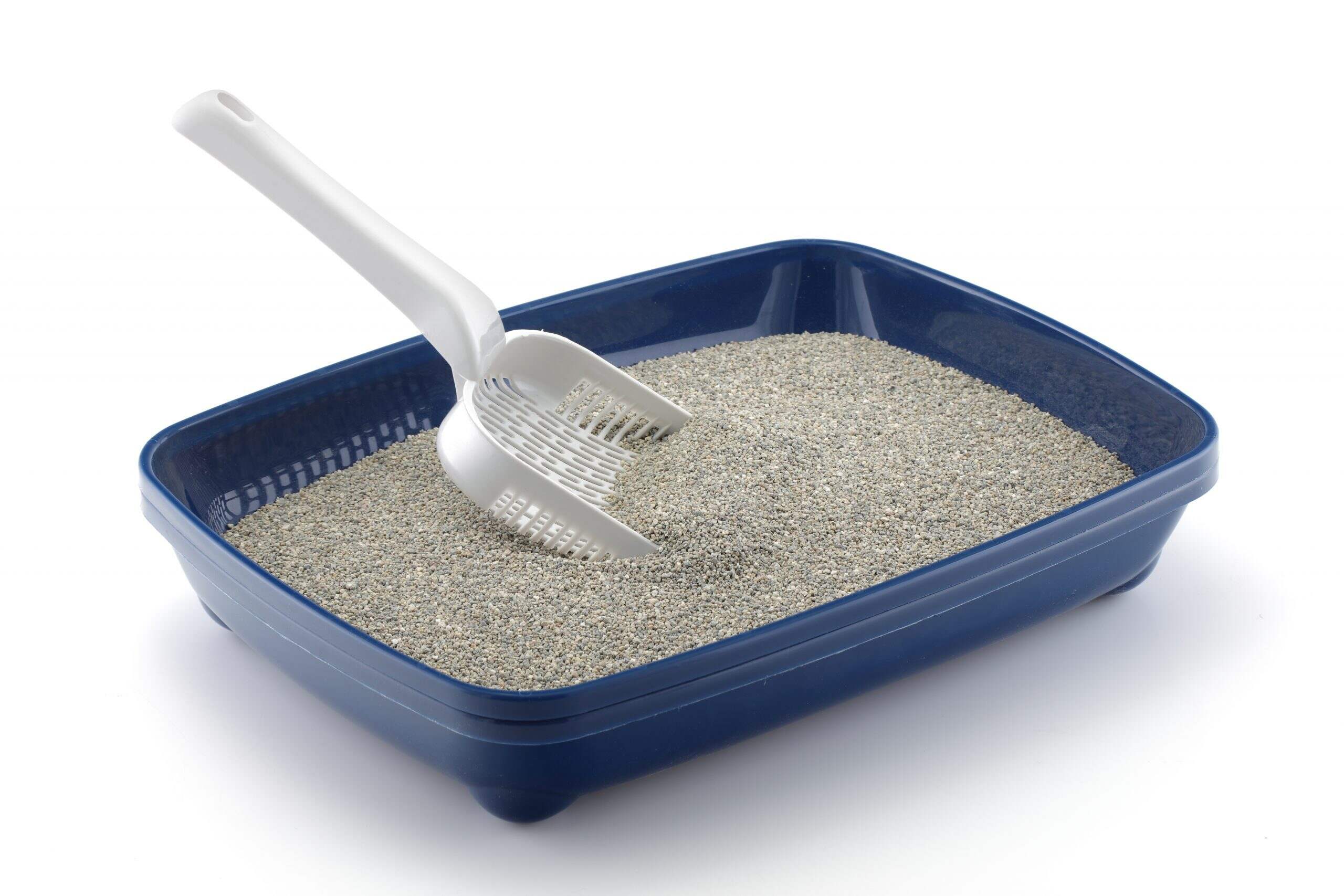
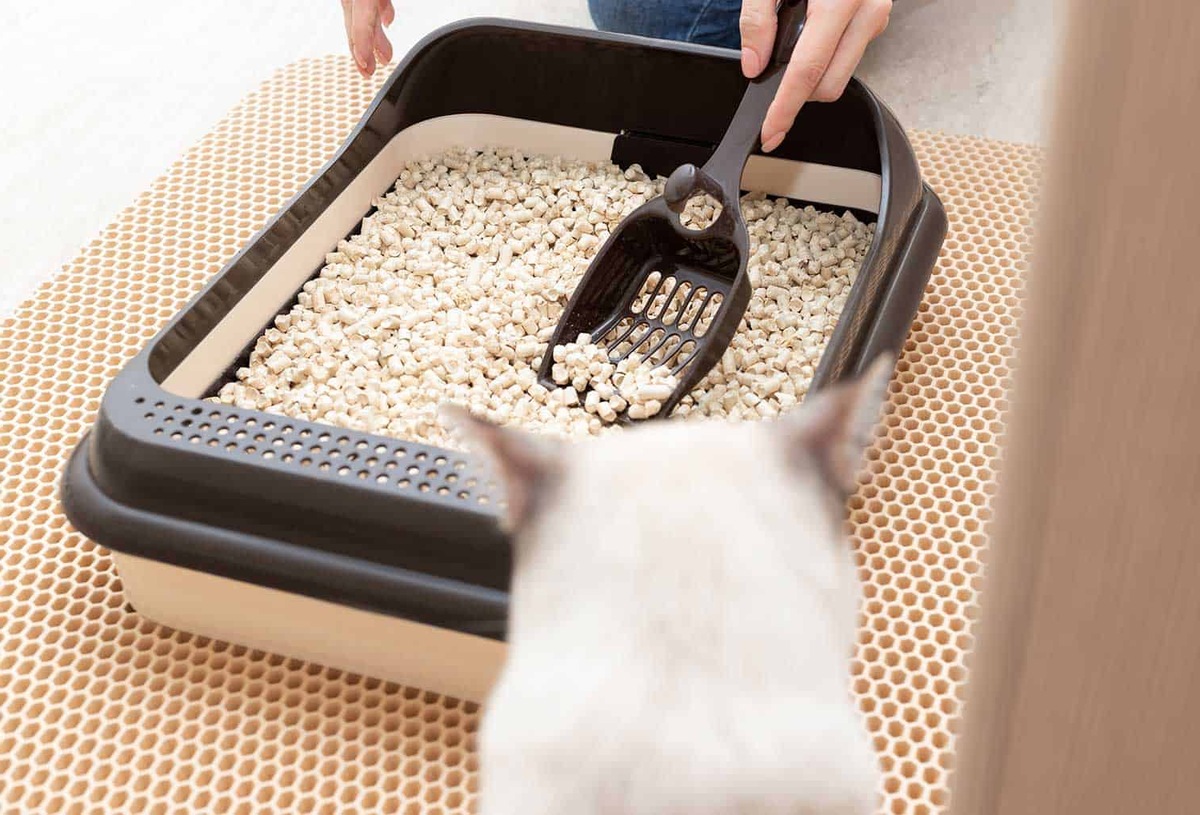
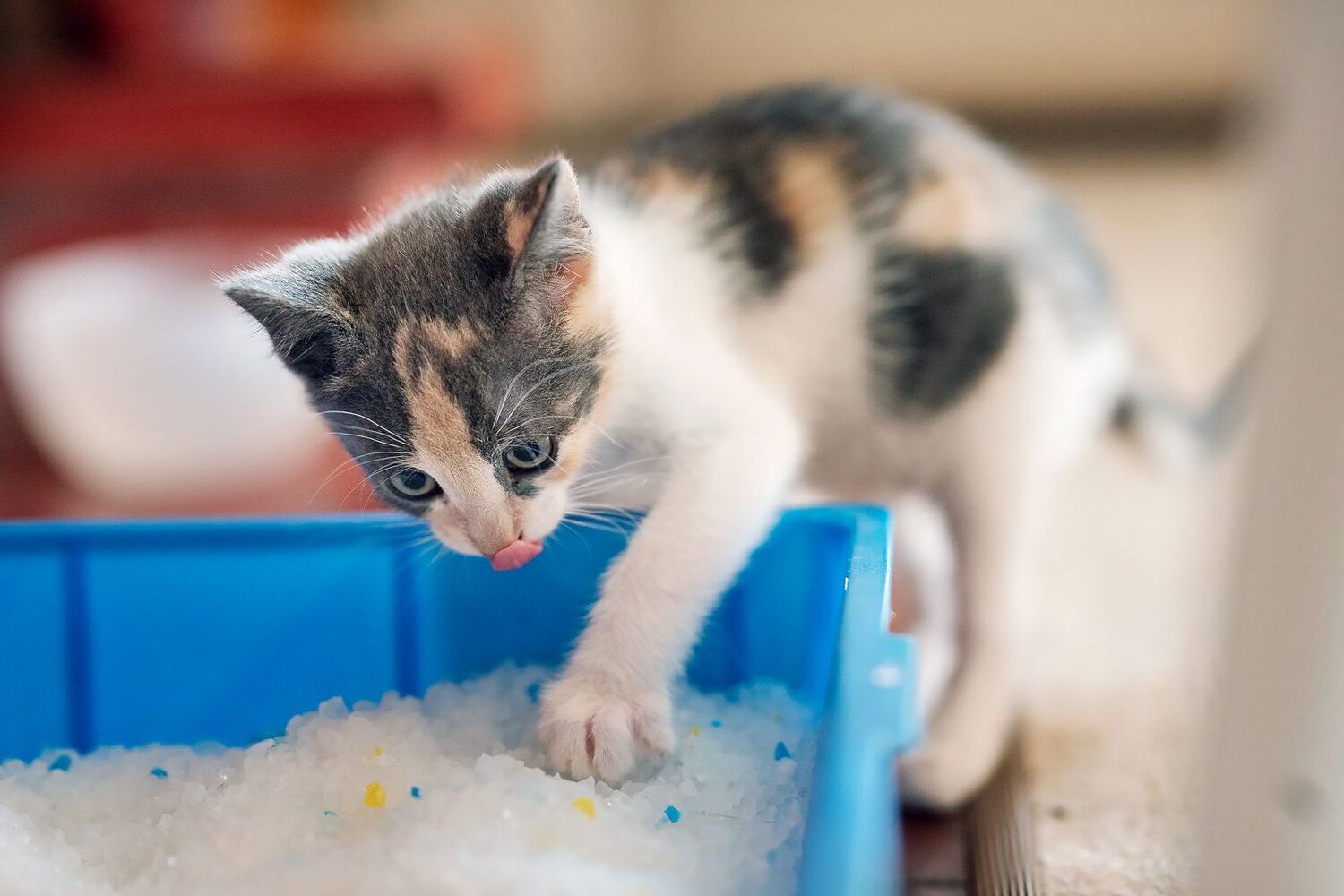
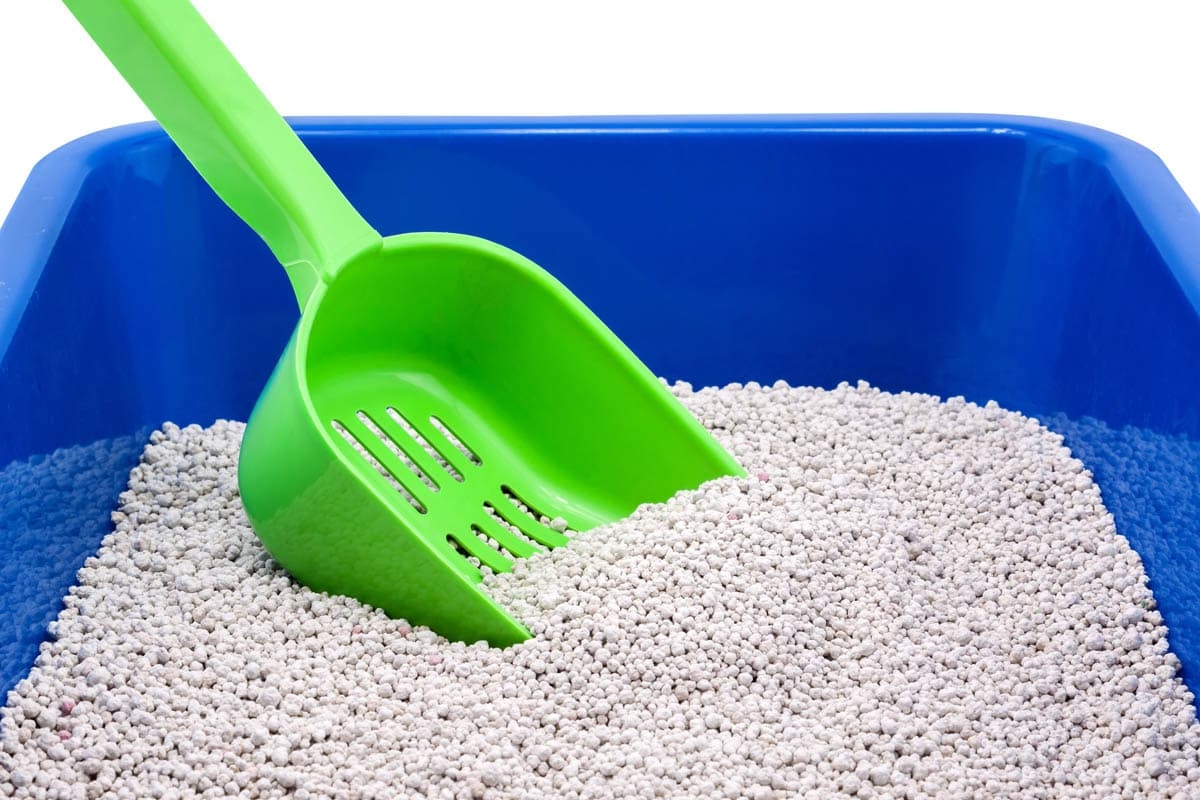

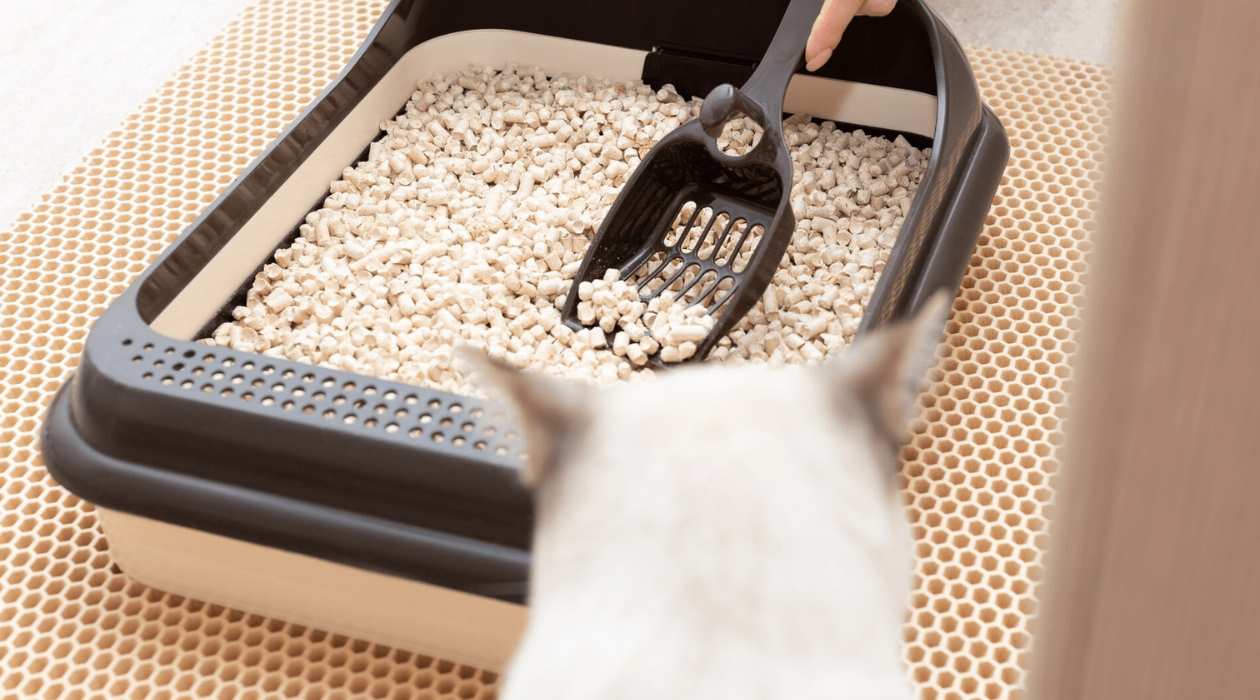
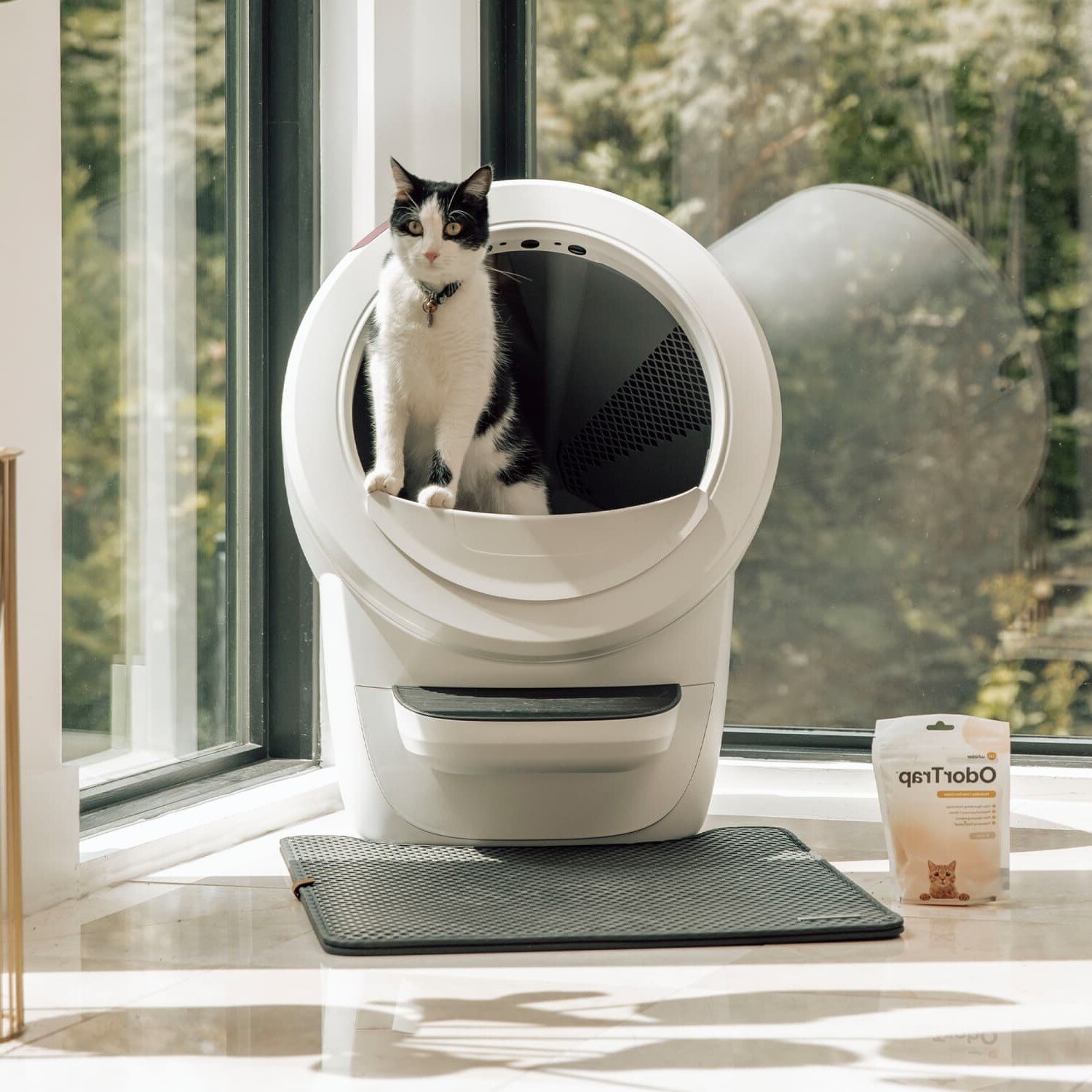
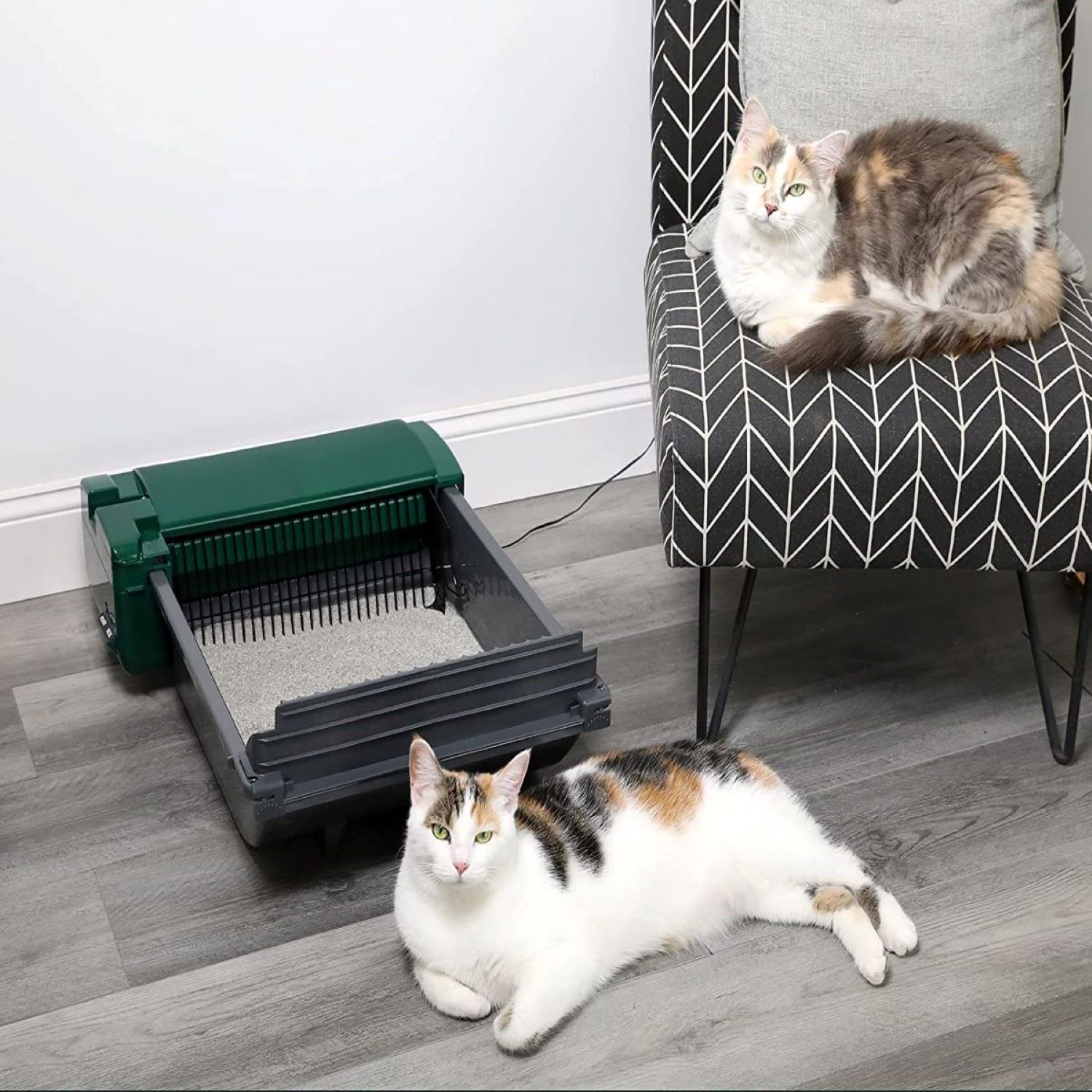
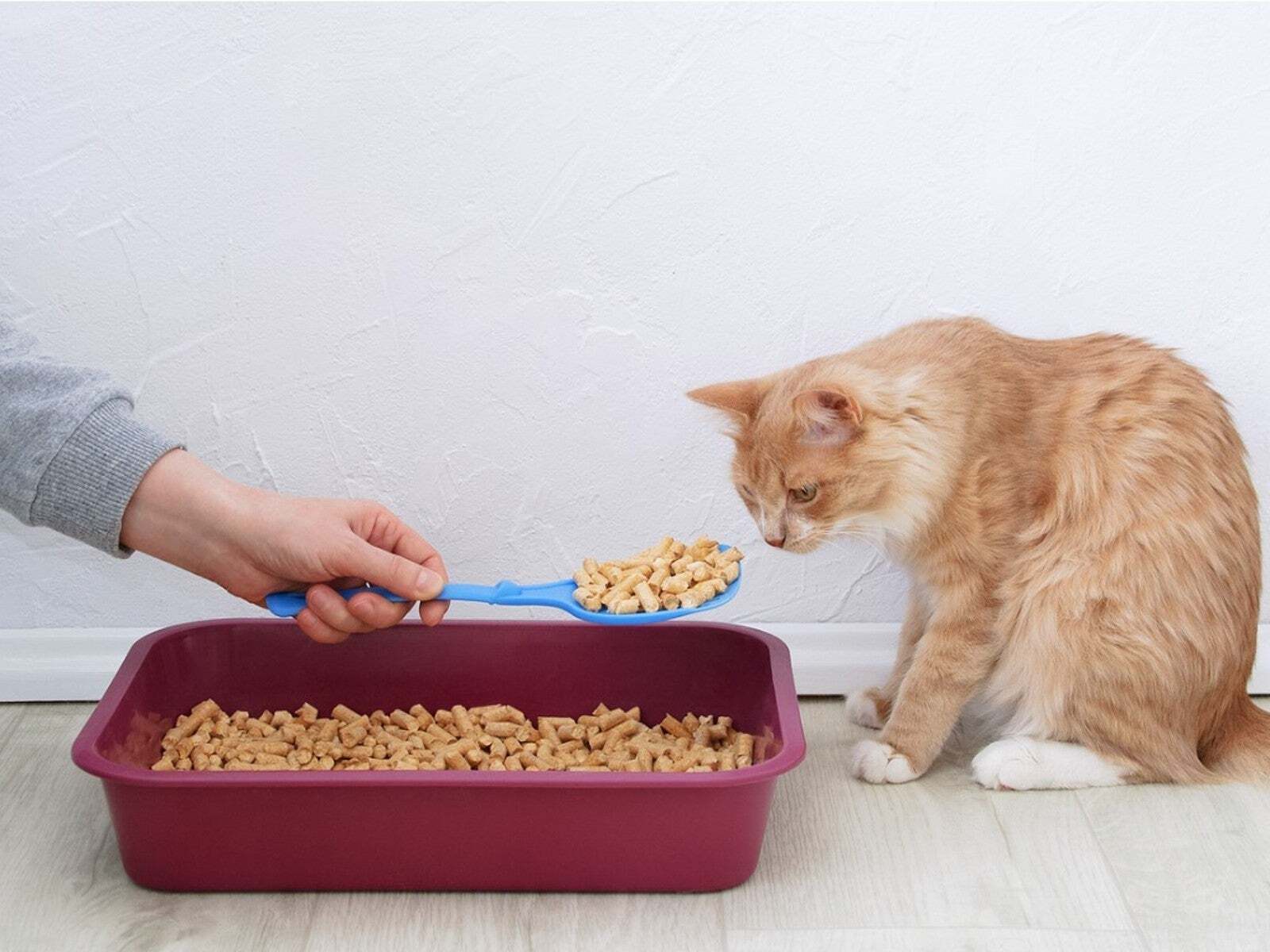
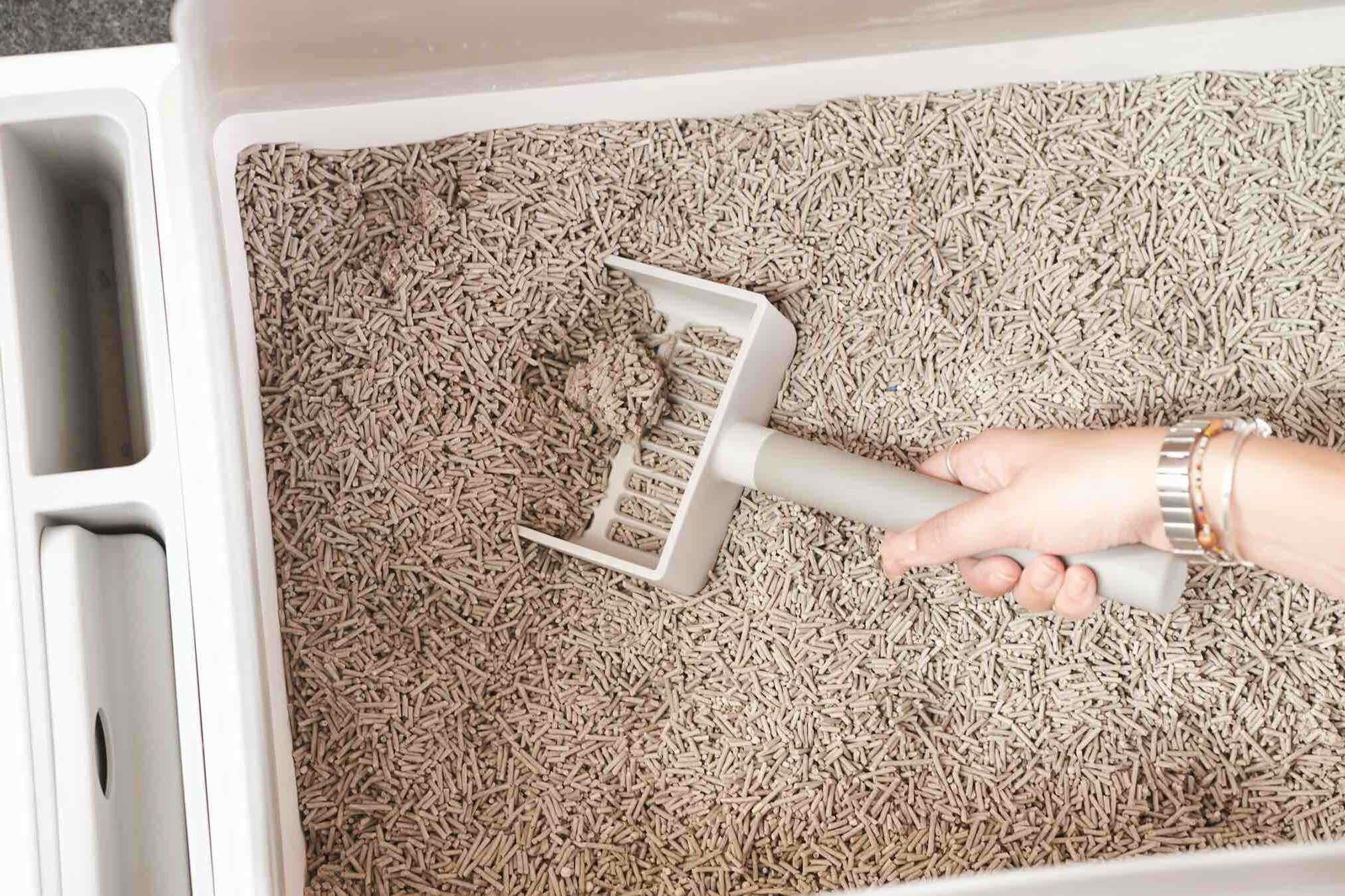

0 thoughts on “How Many Times Should I Clean The Litter Box”